Damaraland is notorious for its geological wonders, breath-taking scenery and blistering heat. Enigmatic. Rugged. Pristine. Arid. Isolated. The lack of human intervention in this area makes it a beloved destination for the intrepid traveller.
As one of Namibia’s driest regions, Damaraland recently made headlines due to the surprising discovery that the red, rocky landscapes were covered in ice some 300 million years ago.
Expand your knowledge with these fun geological facts:
- Geologists from West Virginia University have discovered distinctive hill formations that were not previously recorded. For example, the hills have a steep slope on one side, with only a moderate incline on the other. Between 0,1 km and 1,5 km high, they are often found in ranges facing the same direction. This is an indication of the direction in which the prehistoric glaciers used to flow.
- These kinds of formations are generally found in North America, Canada, England, Ireland, Scotland, Sweden, Germany, Finland and Greenland… and, well, have now also been discovered in Namibia.
- When looking at the rough texture of the hills, it is clear that a strong stream of ice must’ve flown through the area in a north-westerly direction, carving out the deep patterns in the rocky hills as we know them today.
- The above-mentioned ice river drained an ice sheet in the Huab River valley (in the present Kaokoland Region). It is said that it compares to present-day ice streams in Antarctica.
- Did you know that Namibia used to be a part of Brazil? It was 300 million years ago, sure, but can you even imagine that these two countries, both with their own colourful cultures, once was one big territory? This was deduced from the fact that geological formations like those in southern Brazil have been found in Namibia.
Whether you are visiting the Brandberg, Twyfelfontein, Spitzkoppe, the Petrified Forest, Vingerklip (finger rock) or the Organ Pipes, this region promises to be a fascinating experience. Book your stay at Gondwana’s Damara Mopane Lodge outside Khorixas, as its the perfect base.
Any nature lover will find paradise in the sheer, untouched beauty of its landscapes, fauna and flora, whether you are interested in excavating these deep geological mysteries or not. Damaraland is also home to the desert-adapted elephant and rhino. Tracking excursions feature on top of many travellers’ bucket-lists.
Have you visited Damaraland? What did you find the most fascinating? If you haven’t been there before, what would you like to see the most?
Facts sourced from Die Republikein (7th February 2019)
You might also be interested in: What does “Gondwana” mean?

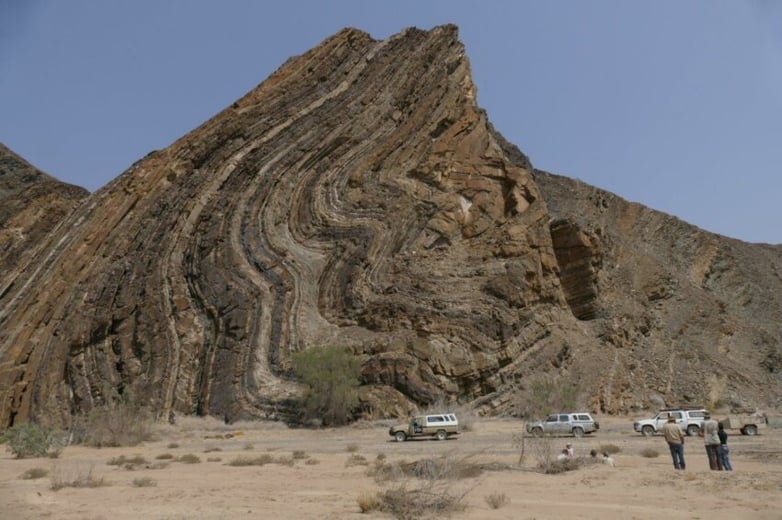
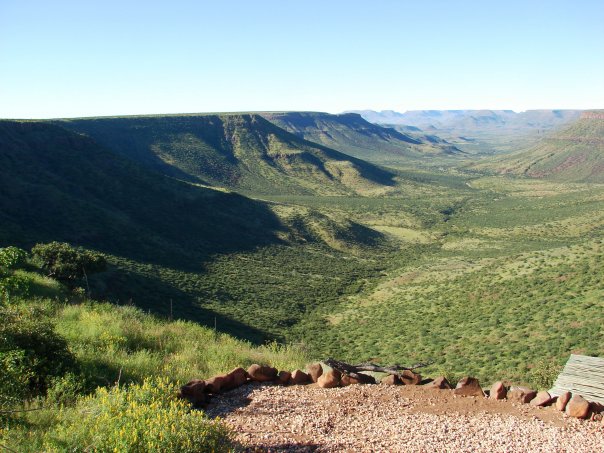
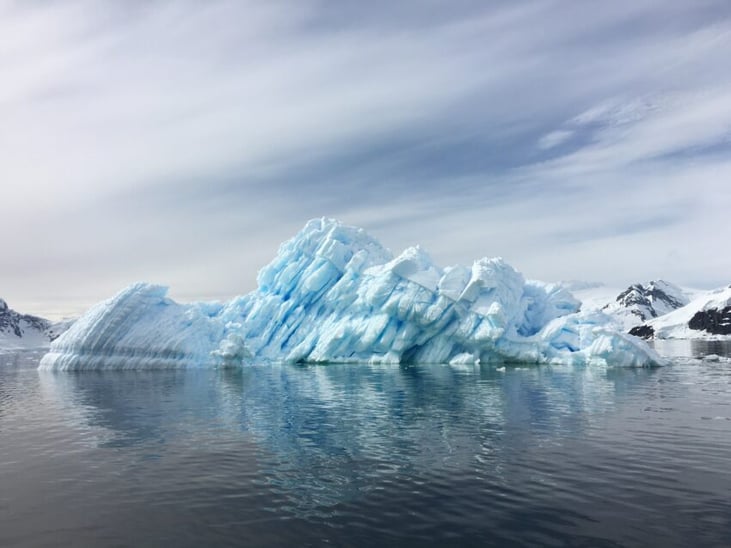
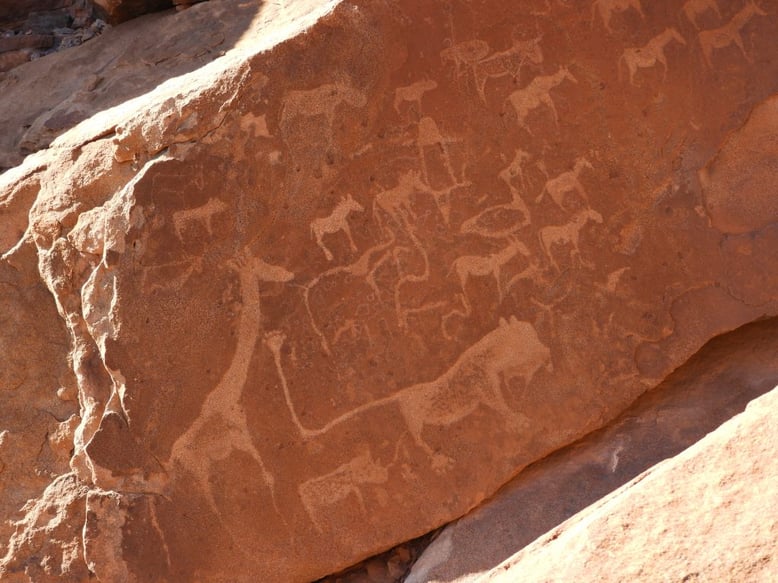
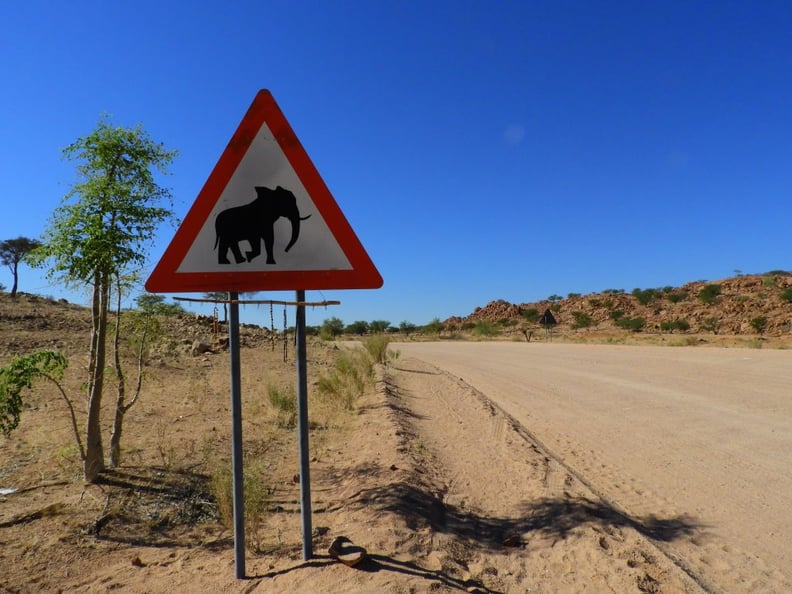


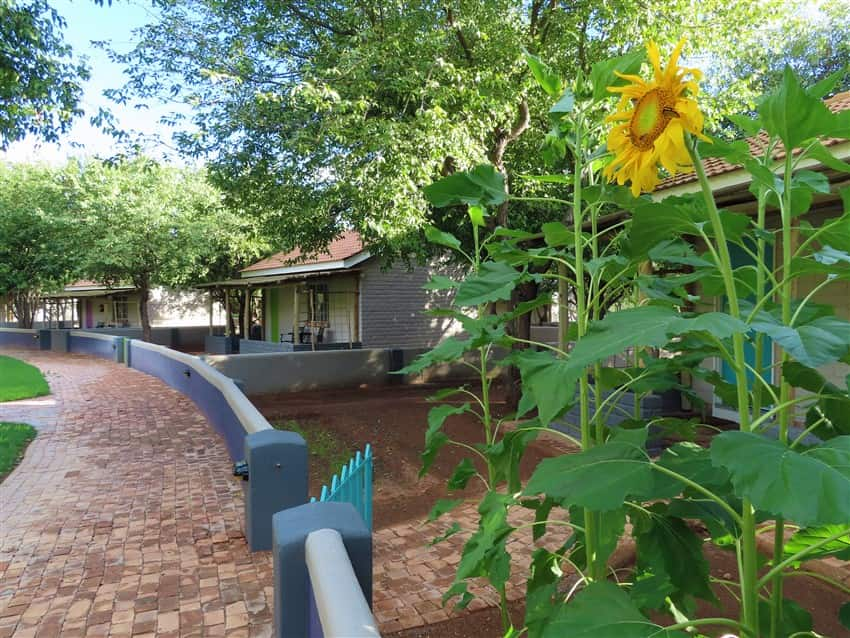

SUBMIT YOUR COMMENT